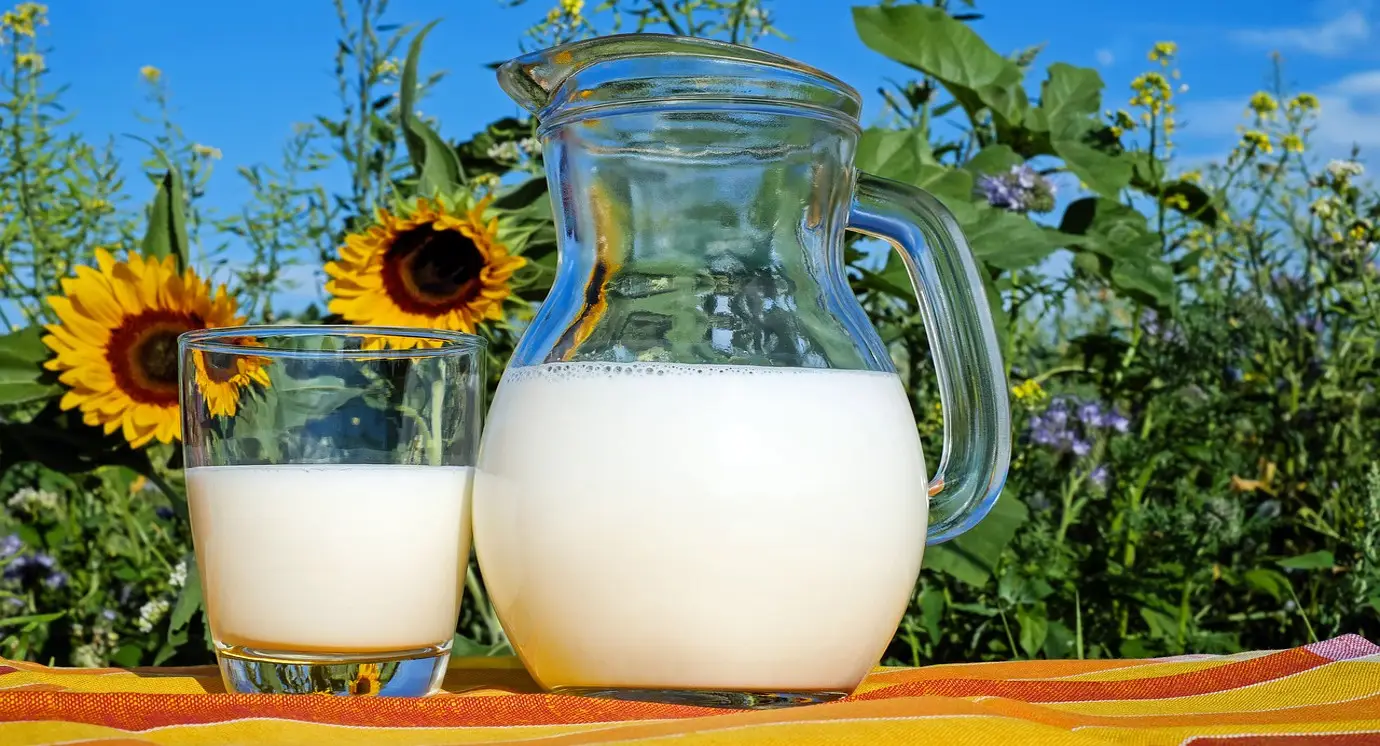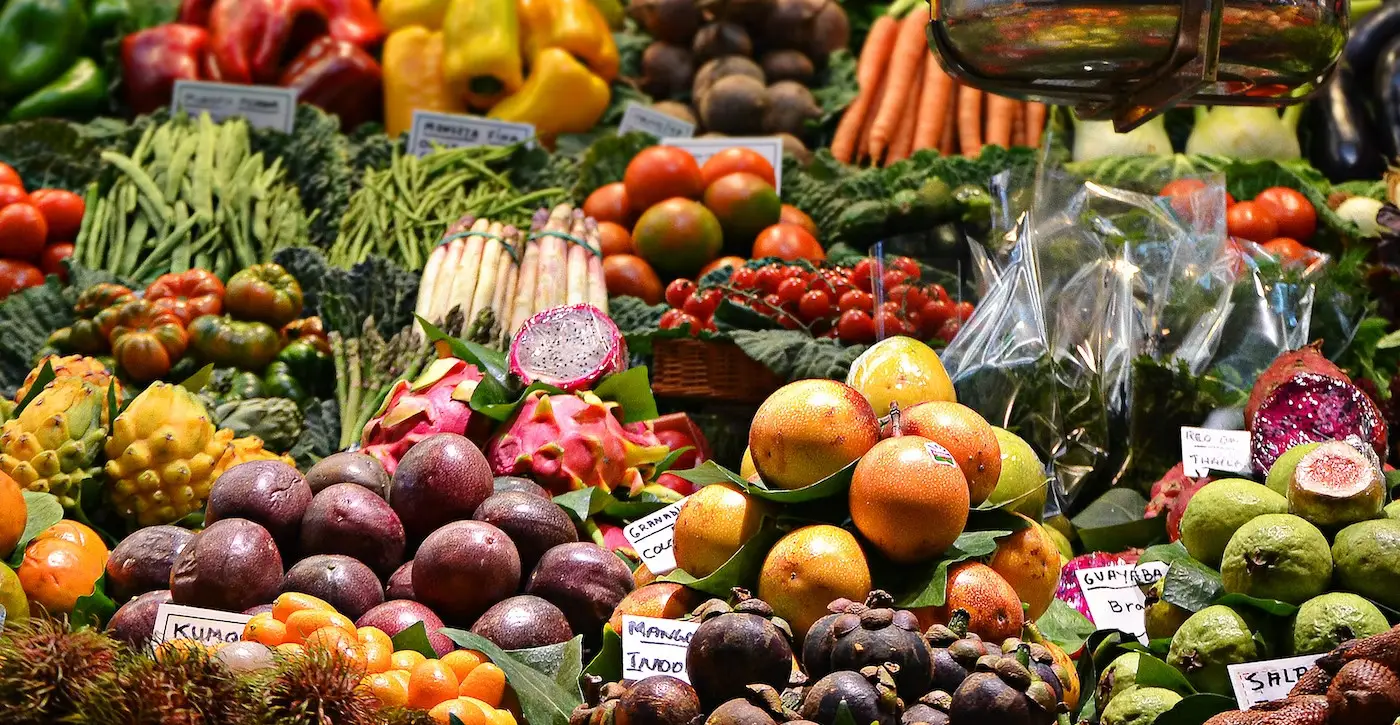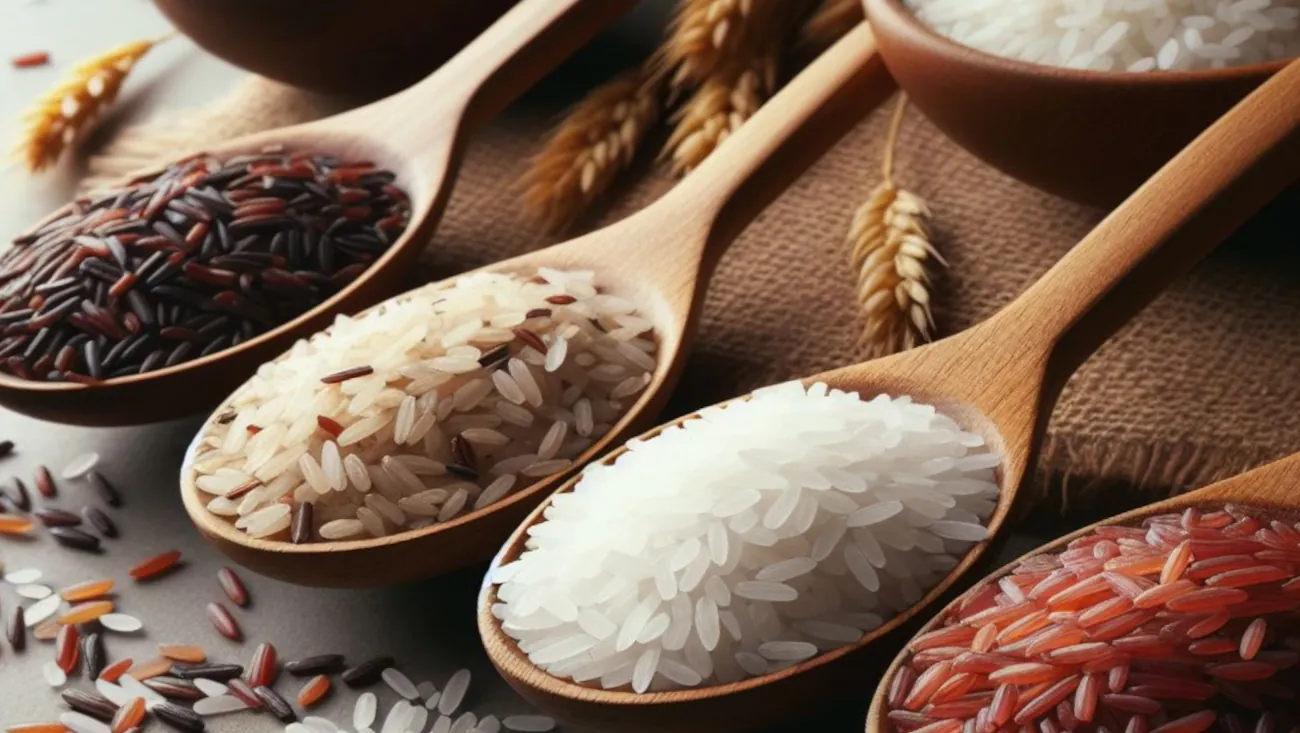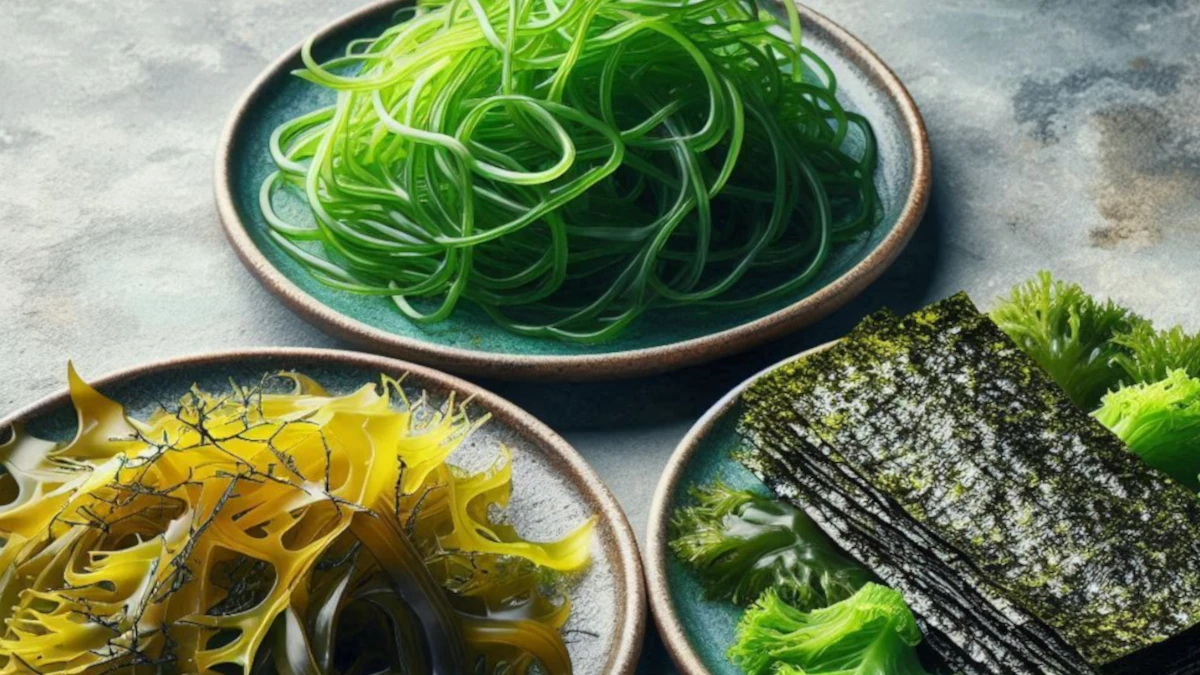Wheat Flakes Lysine and Arginine Info Sheet
Overview
Wheat flakes are a type of breakfast cereal made from whole wheat that is flattened into flakes. They are high in fiber, iron, and B vitamins.Wheat flakes can be eaten with milk, yogurt, or fruit, or used as an ingredient in baked goods, such as bread, cakes, and granola.
Wheat flakes may have some health benefits, such as lowering cholesterol, blood sugar, and blood pressure, and improving digestion and bowel health.
However, they may also contain gluten, which can cause allergic or intolerant reactions in some people, such as celiac disease, dermatitis herpetiformis, or wheat allergy.
| Name | Lysine (mg/100g) | Arginine (mg/100g) | Ratio |
|---|---|---|---|
| Wheat Flakes | 305mg | 516mg | 0.591 |
Wheat Flakes contains 305mg of Lysine and 516mg of Arginine per 100g of product.
This means Wheat Flakes has a low Lysine-Arginine ratio of 0.591.
Because Wheat Flakes contains slightly more arginine than lysine, reducing its consumption may help people who suffer from herpes, as it may lower the viral activity.
Lysine Considerations
Wheat flakes are a fair source of lysine, an essential amino acid that is important for protein synthesis, collagen formation, and calcium absorption.
Lysine may also help prevent cold sores, herpes, and shingles.
Wheat flakes provide about 305 mg of lysine per 100 grams of food, which is about 10-38% of the recommended daily intake of 800-3000 mg for adults.
It is one of the nine amino acids that the body cannot make by itself, so it has to come from the food we eat.
Lysine has many functions in the body, such as helping with growth, healing, energy, immunity, and collagen production.
Lysine may also have some effects on the herpes virus, which causes cold sores and genital sores.
Studies have suggested that taking lysine supplements or applying lysine cream may help prevent or treat these infections by blocking the amino acid arginine, which the virus needs to grow.
Arginine Considerations
Wheat flakes are also a fair source of arginine, another essential amino acid that is involved in nitric oxide production, wound healing, and immune function.
Arginine may also help improve blood flow, erectile dysfunction, and athletic performance.
Wheat flakes provide about 516 mg of arginine per 100 grams of food, which is about 9-13% of the recommended daily intake of 400-6000 mg for adults.
Arginine has different functions in the body, including wound healing, helping the kidneys remove waste products from the body, and maintaining immune and hormone function.
Arginine also plays a role in the replication of the herpes virus, making it a key factor in cold sore outbreaks.
The herpes virus requires arginine to grow, replicate, and create new herpes viruses.
Foods rich in arginine, such as nuts and chocolate, may increase the frequency and severity of these outbreaks.
Lysine-Arginine Ratio
Wheat flakes have a moderate lysine-arginine ratio of 0.591, which means that they have slightly more arginine than lysine.
This ratio may affect the balance of these amino acids in the body, and may influence the risk of viral infections, such as herpes simplex virus (HSV).
Some studies suggest that a higher lysine-arginine ratio may help suppress HSV replication, while a lower ratio may promote it.
Therefore, wheat flakes may not be the best choice for people who have or are prone to HSV outbreaks.
However, the lysine-arginine ratio is not the only factor that affects HSV, and other factors, such as stress, immunity, and diet quality, should also be considered.
Both lysine and arginine are essential for protein synthesis and various other bodily functions.
They, however, have opposing effects on the herpes simplex virus, which causes cold sores and genital herpes.
Lysine can inhibit the replication of the virus, whereas arginine can stimulate it.
Thus, a diet rich in foods with a high lysine to arginine ratio may help reduce the occurrence and severity of herpes flare ups.
Foods that have a high lysine-arginine ratio include milk, cheese and yogurt products, fish, poultry, fruits, and vegetables.
These foods can provide the body with enough lysine to compete with arginine and inhibit the virus from replicating and causing flare-ups.
Dietary Considerations
Wheat is a cereal grain that is widely used to make bread, pasta, and baked goods.
Wheat contains gluten, starch, and fiber, which can have various effects on digestion and blood sugar levels.
Wheat also contains lysine and arginine, but the amount is higher in arginine than lysine.
This makes wheat less beneficial for people with herpes, as arginine can trigger herpes flare ups.
Wheat should be avoided or consumed in moderation by people with herpes.

For instance:
A well-balanced and healthy diet that strengthens your immune system and lowers inflammation is important.
This means you should eat a lot of fruits, vegetables, whole grains, lean protein, and good fats, and avoid processed foods, added sugars, alcohol, and caffeine.
Make sure to drink plenty of water to keep yourself hydrated and eliminate toxins from your body.
Water can also help you avoid dryness and irritation of the skin and mucous membranes, which can lead to outbreaks.
Consider taking l-lysine supplements, which can help prevent herpes outbreaks and stop a cold sore before it emerges by limiting the availability of arginine for the virus, which it requires to produce a cold sore.
Your immune system can be weakened and inflammation can be increased by foods that can cause allergic reactions or sensitivities, such as gluten, dairy, nuts, eggs, or shellfish.
Avoid these foods to avoid outbreaks.
Pain, swelling, and itching can be reduced by eating foods that have anti-inflammatory, antiviral, and antibacterial properties, such as honey, yogurt, aloe vera, and chamomile.
These foods can also help you heal faster by promoting tissue repair.
Check more food information






